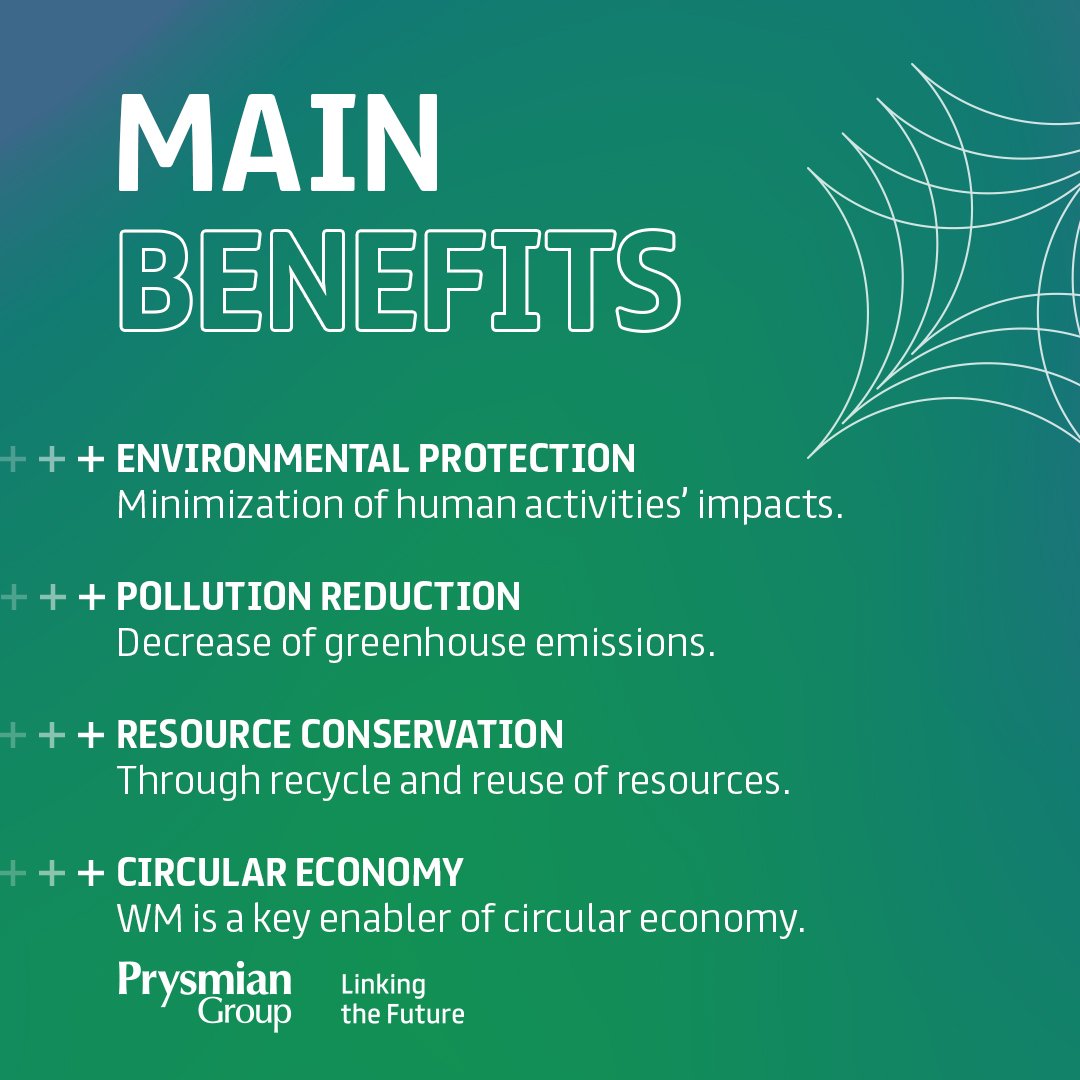The Ultimate Guide To Reclaim Waste
The Ultimate Guide To Reclaim Waste
Blog Article
The Best Guide To Reclaim Waste
Table of ContentsThe Reclaim Waste PDFsFacts About Reclaim Waste RevealedAbout Reclaim WasteFascination About Reclaim WasteNot known Details About Reclaim Waste
Discover the types, occurrences, and forms of fluid waste. Residential sewer waste refers to the waste and products from a property septic tank. This type of waste is created by people in houses, institutions, and other structures. This only includes septic systems that have a drainpipe area. The proper monitoring and disposal of domestic sewer waste call for liquid waste to be transferred to a sewage therapy plant where the proper methods and devices are put on cleanse and deal with waste.
Commercial waste commonly consists of prospective risks, such as flammable products or a mixture of fluid and strong waste items, and requires an advanced and thorough disposal procedure. The disposal of business waste generally involves the filtration of waste prior to transportation to make sure secure and appropriate disposal. Industrial waste is produced from byproducts and runoff of commercial procedures and production.
This sort of waste can not use the same sewer monitoring transportation or procedures as septic or commercial fluids. The hazardous waste monitoring procedure calls for the examination and testing of liquid waste before it undertakes the disposal procedure (industrial wastewater treatment). Overflow waste is the liquid waste that comes from runoff and excess stormwater in extremely booming locations or cities
Drainage waste can create contamination and flooding otherwise handled effectively. Find out more about drain cleansing and waste management. Making sure correct waste monitoring can stop calamities and reduce ecological damage. Both individuals in domestic settings and experts in commercial or production markets can profit from comprehending the processes and policies of fluid waste management.
Reclaim Waste Things To Know Before You Buy
Call PROS Services today to find out concerning our waste monitoring and disposal services and the proper means to care for the liquid waste you produce.
(https://forums.hostsearch.com/member.php?271151-reclaimwaste1)This supposed 'wastewater' is not only an essential source yet, after treatment, will certainly be released to our land, rivers or the sea. Made use of water from bathrooms, showers, bathrooms, kitchen sinks, washings and industrial procedures is known as wastewater.

water blog here used to cool down machinery or tidy plant and tools). Stormwater, a type of wastewater, is drainage that streams from agricultural and urban areas such as roofing systems, parks, gardens, roadways, courses and seamless gutters right into stormwater drains pipes, after rainfall. Stormwater streams unattended directly to local creeks or rivers, eventually getting to the sea.
The 9-Second Trick For Reclaim Waste
In Queensland, a lot of wastewater is dealt with at sewer treatment plants. Wastewater is moved from residential or commercial websites via a system of drains and pump stations, known as sewage reticulation, to a sewer therapy plant. City governments develop, preserve and operate most sewage treatment plants. Operators are licensed under the Environmental Security Act 1994 to release treated wastewater at an acceptable ecological requirement right into rivers.
The Department of Natural Resources encourages city governments regarding handling, operating and preserving sewage systems and therapy plants. In unsewered areas, neighborhood federal governments may need owners to install specific or household sewage therapy systems to deal with domestic wastewater from bathrooms, kitchen areas, bathrooms and laundries. The Department of Natural Resources authorises the usage of household systems when they are proven to be effective.
A lot of stormwater gets no therapy. In some new communities, treatment of some stormwater to eliminate litter, sand and crushed rock has actually started utilizing gross toxin traps. Wastewater therapy occurs in four phases: Removes strong matter. Larger solids, such as plastics and various other objects mistakenly released to sewage systems, are eliminated when wastewater is gone through displays.
Utilizes little living microorganisms recognizes as micro-organisms to break down and get rid of remaining dissolved wastes and great particles. Micro-organisms and wastes are included in the sludge.
Things about Reclaim Waste
Nutrient removal is not available at all sewer therapy plants because it requires pricey specialised devices. Clear fluid effluent generated after therapy may still consist of disease-causing micro-organisms - liquid waste removal.

Many wastewater moves into the sewerage system. Under the Act, neighborhood governments carry out authorizations and licences for environmentally appropriate activities (ERAs) entailing wastewater launches that might have a local effect.
More About Reclaim Waste
Otherwise, samples are taken for lab analysis. Commonly numerous tests are needed to establish the levels of each of the different pollutants such as oils, heavy metals and pesticides in water. Monitoring provides valid details about water high quality and can verify that licence problems are being fulfilled. The info acquired through surveillance gives the basis for making water quality choices.
Report this page